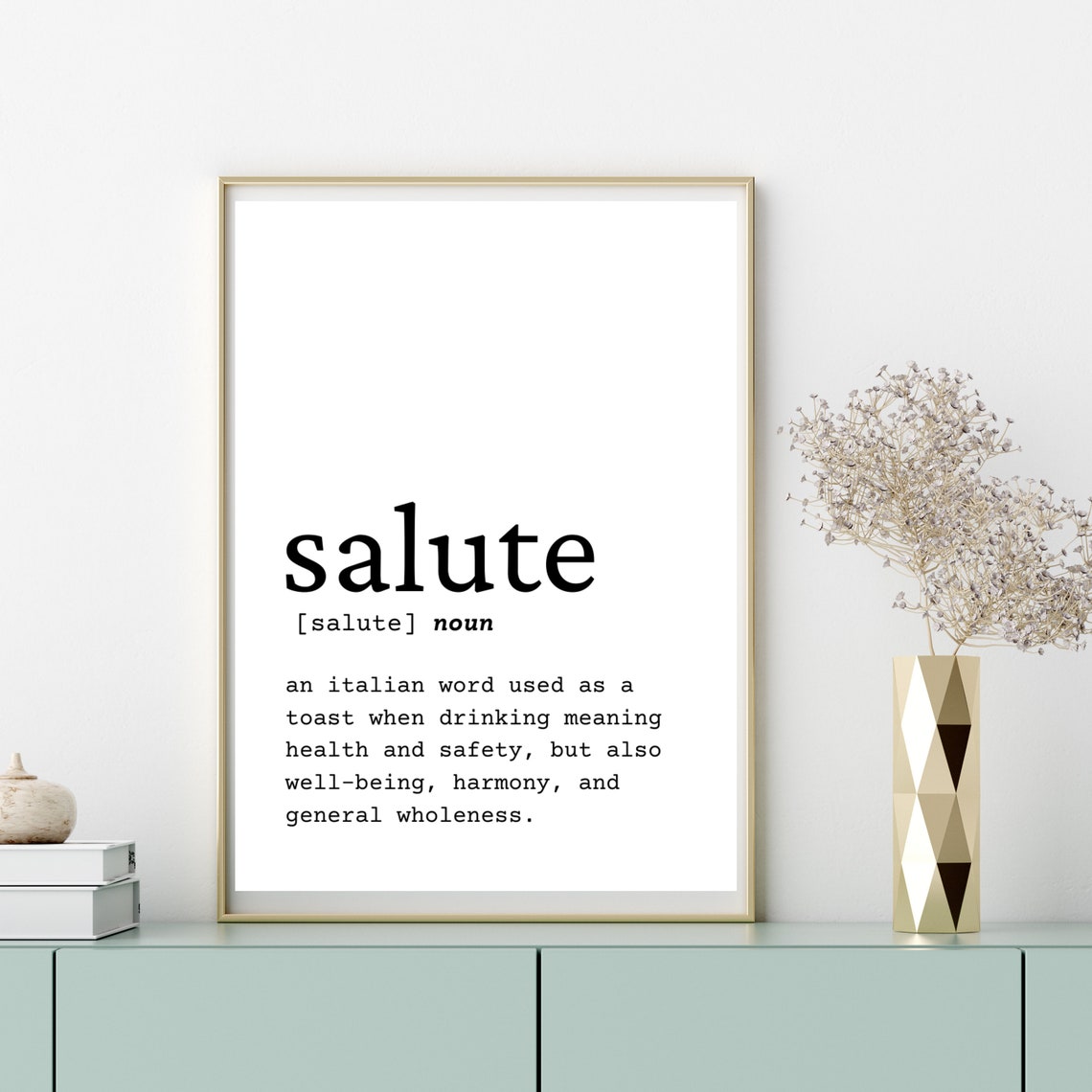

In most cases, “arrivederci” is sufficient for saying goodbye. “Addio” is a dramatic farewell used when you don’t plan on seeing someone again. Arrivederci (Goodbye)Īlthough it may be challenging to pronounce for some, “arrivederci” is a polite farewell salutation that means “goodbye” and “till we see each other again.” Addio (Farewell) This greeting implies wishing good health to someone. The Italian version of “take care” has a singular and a plural form, which means you can say “stammi bene” to one person or “statemi bene” to multiple people. This casual farewell greeting means “I salute you” or simply “bye” and is appropriate for singular and plural situations. “Ci vediamo” is a simpler form that means “see you” but does not imply a specific time frame for the next meeting. “Ci vediamo presto” is an Italian phrase used to say “see you soon.” The addition of “presto” implies that the speaker is looking forward to seeing the other person in the near future. It’s a great way to ask them how they’re doing. When you meet up with a friend, you can use the phrase “ciao, come va?”. On the other hand, they can also be used as a warning or to get someone’s attention. Italians often use these variations of “hey” to express positive surprise when greeting close friends and family members and generally in informal situations. It comes from the Latin verb “salvere,” meaning “to be well,” and the English word “salutation” is derived from the Italian word “salute.” Ehilà (Hey) “Salve” is a polite greeting that can be used formally and informally. This shows respect and professionalism in a formal setting. Rossi) or “Buonasera, Dottor Bianchi” (Good evening, Dr. The greeting would be followed by the person’s title and last name, such as “Buongiorno, Signora Rossi” (Good morning, Mrs. “Buongiorno” (good morning) or “buonasera” (good evening), depending on the time of the day, are the most appropriate ways to greet someone in a business meeting. This is a very versatile greeting, as it can be used in a casual way as well as in more formal situations. “Buongiorno” would also be an appropriate greeting to address an older person. This greeting is appropriate when introducing yourself, seeing someone for the first time, or entering public places. The Italian equivalent of “good morning” is “buongiorno” or “buon giorno,” which can be used throughout the day to greet people in a formal setting. “Ciao” has become one of Italy’s most iconic symbols, instantly recognizable worldwide. These phrases can express appreciation and admiration for someone’s appearance or personality and are often accompanied by a hug or a kiss on the cheek. In Italy, it’s common to use the phrases “ ciao bella” (for women) and “ ciao bello” (for men) to address friends and acquaintances in a friendly and affectionate manner. It comes from the Venetian word “sciavo,” which is derived from the Latin word “schiavo,” meaning “your humble servant.” The term has lost its servile connotations in modern Italian, and it’s acceptable to use with friends and acquaintances. It is also one of the most commonly used Italian words. “Ciao” is an informal way to greet someone and say hello or goodbye, and it is by far the most common Italian greeting. Let’s explore 21 different ways to greet someone in Italy. These greetings carry various connotations, which can help you connect better with the locals. While “ciao” and “buongiorno” may be the most commonly used, the list goes on, with variations like “buona giornata,” “buon pomeriggio,” “salve,” and many more. There are numerous ways to say “hello” in Italian, each used in a specific context and purpose. Italian culture is steeped in traditions, and language is no exception.
Salute meaning italian how to#
You’ll also learn formal and informal greetings and how to introduce yourself or someone else.


You’ll learn different ways to say hello, depending on the time of day or the person you’re addressing. This lesson offers a detailed explanation of how to say hello in Italian. If you’re meeting someone new, you might also wish to say “ buongiorno” (pronounced boo-GOHN-doh) instead of just “hello.” To say hello, say “ ciao” (pronounced “chow”). In this article, we’ll explore 21 ways to greet someone in Italy that native speakers always use. Italian culture is steeped in traditions, and the Italian language is no exception.


 0 kommentar(er)
0 kommentar(er)
